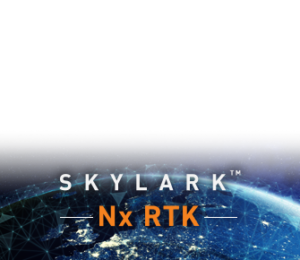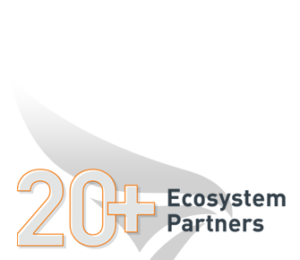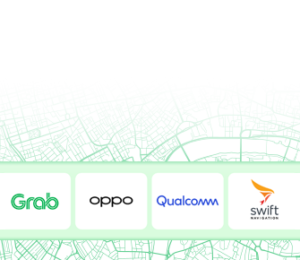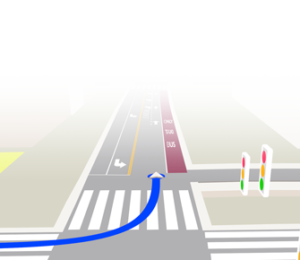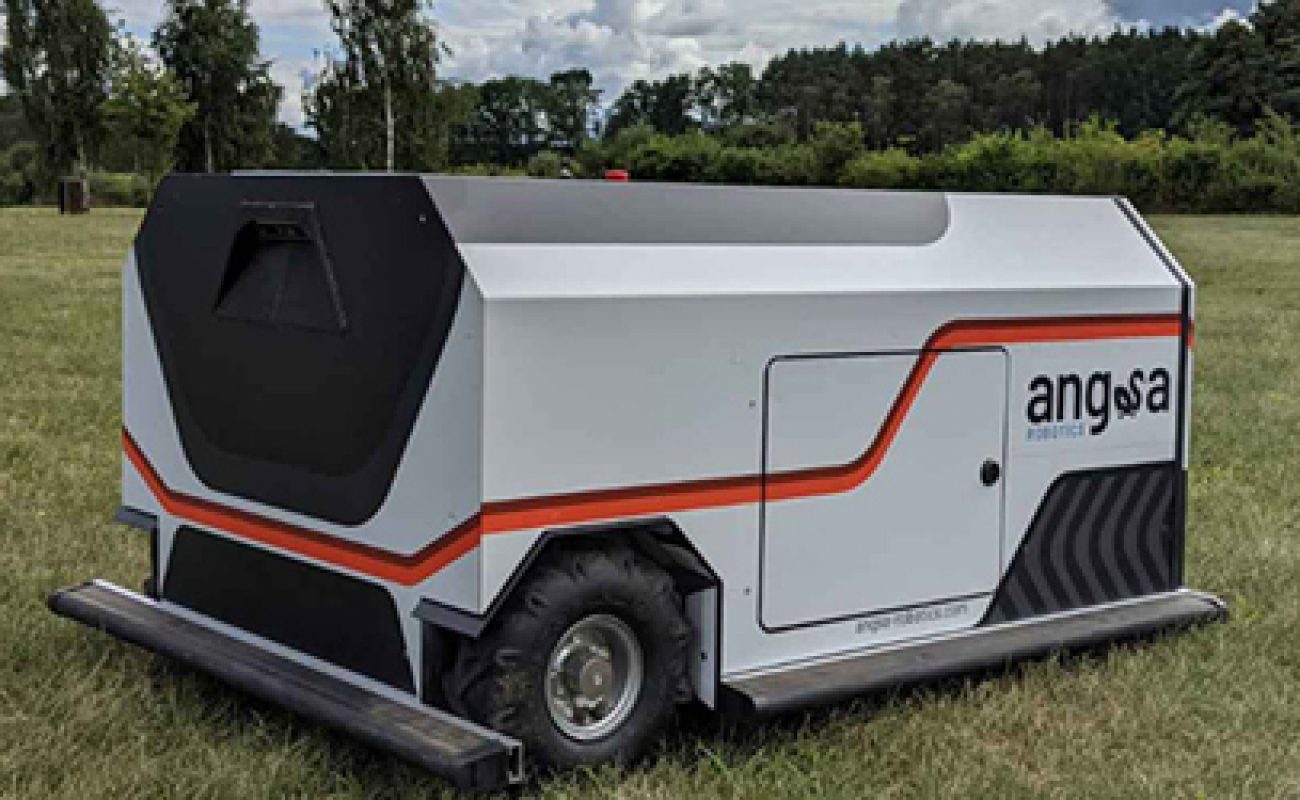“By using positioning technologies and computer vision, the robot recognizes its defined area. This data is used to determine the most efficient path and to avoid obstacles with confidence.”
Lukas Wiesmeier, co-founder, Angsa Robotics
In the bustling world of urban environments, maintaining cleanliness is an ongoing challenge. Angsa Robotics, headquartered in Munich, Germany, has embarked on a groundbreaking mission to tackle this issue head-on with the development of the world’s first autonomous trash picking robot. Their goal is to build safe and reliable robotic cleaners that keep the environments – such as parks, green spaces and open-air festivals – in which they operate clean and trash-free.
Traditional methods of cleaning grassy or gravel surfaces are labor-intensive and often inefficient. Large machine sweepers struggle to maneuver such terrains, damaging the ground and leaving behind the smaller pieces of trash which can have a large impact. One cigarette butt may pollute up to 40 liters of water. Meanwhile, relying solely on human labor proves both time-consuming and costly. Small cleaning robots equipped to navigate autonomously provide a better long term solution. However, these robots require a variety of autonomous navigation technologies to operate regularly and efficiently.
Angsa Robotics’ core approach lies in their integration of AI for trash detection and sensors for navigation. However, it was the adoption of precise positioning technology that truly propelled their robots to new heights of usability and safety. Swift Navigation’s Skylark Precise Positioning Service enhances geofencing capabilities, allowing the robots to operate within predefined boundaries without straying off course or encountering potential hazards such as streets or bodies of water.
With Skylark, Angsa Robotics achieved a significant improvement in efficiency, with a staggering 240% increase in performance compared to standard GNSS systems.
This heightened precision not only boosts the robots’ operational capacity but also facilitates targeted data analysis, enabling Angsa Robotics to pinpoint trash hotspots and optimize cleaning strategies. As they continue to explore the potential of GNSS corrections for both navigation and data analytics, Angsa Robotics remains at the forefront of revolutionizing cleanliness in urban environments, promising a cleaner, healthier future for our cities and public spaces.
